Today, personalization has become a very important tool in marketing strategies. It is very useful in understanding what the customers prefer and want from the brand.
Companies collect customer data and track customer behavior to deliver personalized content and provide a satisfactory customer experience.
An effective personalized marketing strategy can drive user behavior in a way that helps a brand increase its sales and overall reputation.
Here are some personalization marketing statistics that can help you understand why many companies are investing in a personalization program.
Top Personalization Statistics
71% of buyers want companies to deliver personalized customer interactions.
Personalizing content has helped businesses boost sales and increase brand affinity.
87% of industry professionals say that customers expect some form of personalized experience.
43% of executives invest in hybrid experiences due to an increase in personalized experiences.
4 in 5 marketers see a positive ROI when they use personalization.
88% of US marketers reported seeing improvements due to personalized experience.
67% of marketers and companies reported that personalization resources are limited in capacity.
General Personalization Statistics
Some interesting statistics about personalized marketing are:
1. 64% of marketers think that customer satisfaction is the top benefit of personalization.
2. 3 out of 4 business leaders state that personalization is crucial to success.
3. Around 80% of marketers could abandon personalization efforts by 2025 due to Google phasing out cookies.
4. The global personalization market is set to reach $2.7 billion in 2027.
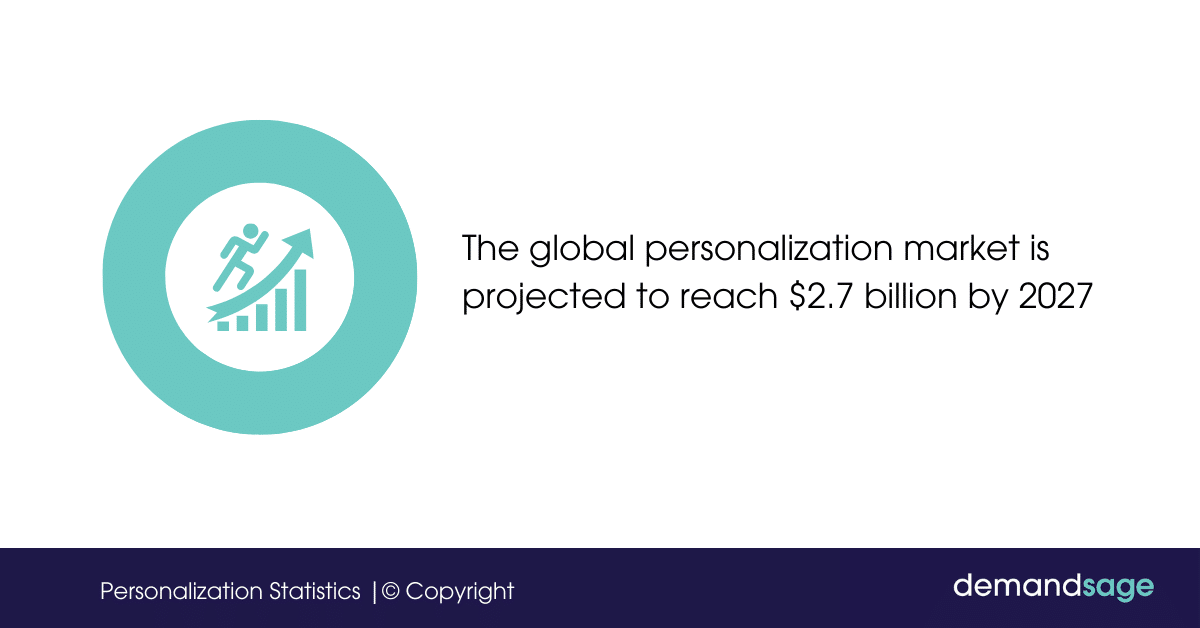
5. Two-thirds of the customers expect brands to understand their needs.
Consumers expect brands to notice trends and understand what they prefer.
6. 96% of marketers in the entertainment industry use a personalization strategy in promotions.
Also read: 8 Website Personalization Tools That Will Wow Your Visitors
Industry-Specific Personalization Statistics
Consumers expect personalization in almost every form of marketing that exists. Some personalization stats are:
E-commerce Personalization Statistics
Some e-commerce personalization statistics are:
7. 77% of customers have chosen and paid more for a brand that creates personalized experiences for them.
8. 31% of the customers wish for a more personalized customer experience on eCommerce websites.
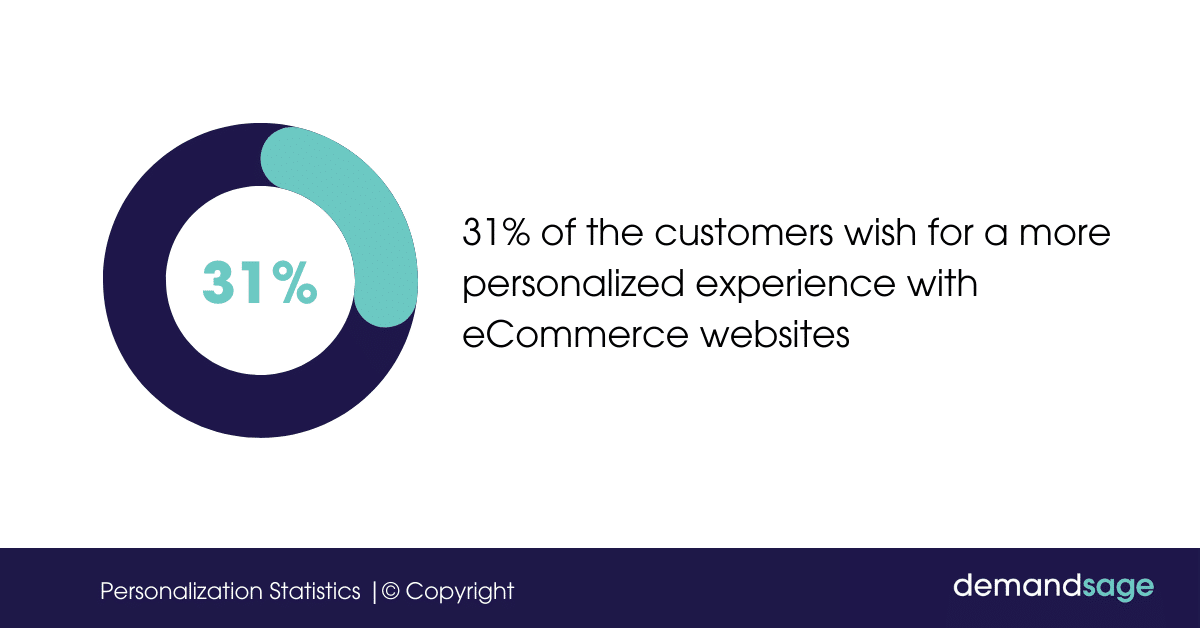
9. 67% of American and European ecommerce companies plan to invest more in personalization efforts.
10. 71% of customers feel that a lack of personalized communications may deter them from shopping with a particular brand.
This can be very bad for a business as poor personalization can result in loss of existing as well as potential customers.
Read more here: 50+ E-commerce Personalization Statistics & Trends
B2B Personalization Statistics
Some business-to-business personalization statistics are:
11. 72% of B2B customers expect a fully/mostly personalized shopping experience.
12. 80% of consumers prefer a brand that customizes content, keeping the customer journey in mind.
The consumer journey should always be smooth and complementary to the brand and its image. Personalization can help consumers feel welcome and increase loyalty.
13. 68% of customers expect personalization when getting help from the company regarding any issue.
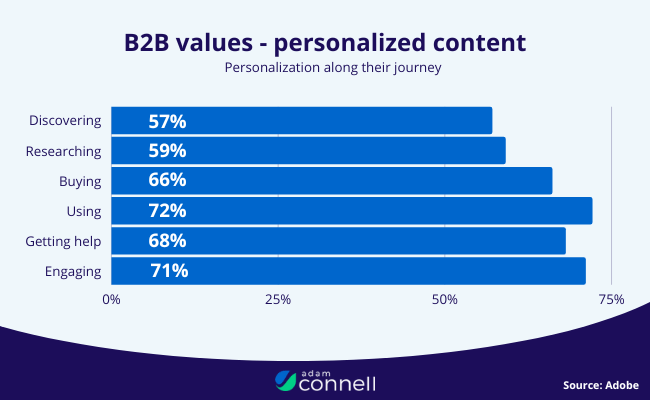
14. According to Adobe, 4 in every 5 marketers see a positive growth in ROI after personalization efforts.
That means around 89% of marketers feel that they earn multiple touchpoints and increased ROI after implementing personalization strategies in a campaign.
B2C Personalization Statistics
Some top business-to-consumer personalization statistics are:
15. B2C marketers who personalize their emails see a click-through rate of 15%.
Brands that personalize their emails and contextually talk about the product can see an increase in open rates.
16. According to McKinsey and Company, 71% of buyers want companies to deliver personalized customer interactions.
This can help retain existing customers as well as those who buy from a brand for the first time.
17. 34% of B2C companies always personalize the customer experience.
18. First-party data has been a priority for almost 47% of global companies for several years.
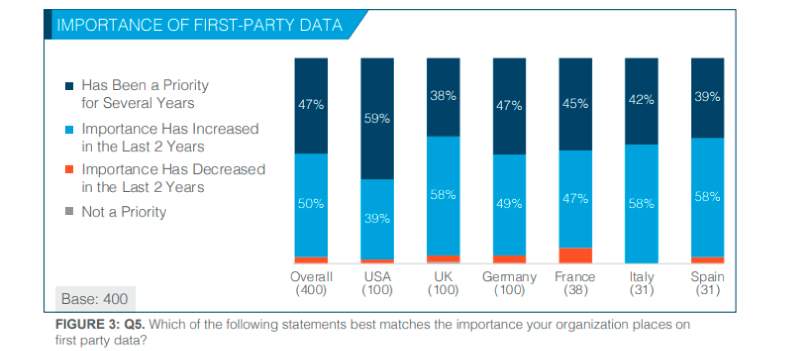
This has helped them increase customer loyalty and implement various personalization strategies.
Personalization Statistics by Channel
Personalizing content across various channels can also give great results. Some statistics across channels are:
Website Personalization Statistics
Some website personalization statistics are:
19. 74% of e-commerce companies have a website personalization program.
20. 56% of shoppers will return as repeat buyers if a website offers personalized product recommendations.
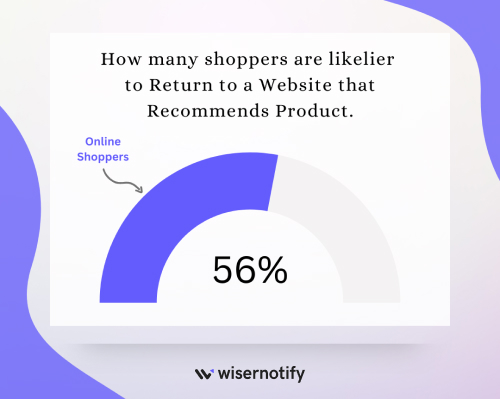
21. 74% of consumers are discouraged when the website is not personalized according to their needs.
22. Basic website personalization can boost sales by 14%.
Email Personalization Statistics
Email marketing through personalization can be very profitable. Some email personalization statistics are:
23. 96% of marketers believe that personalized emails can improve marketing performance.
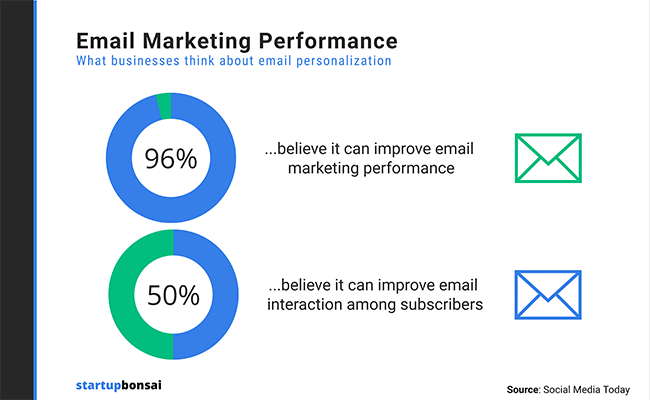
24. 39% of online retailers use personalized emails to market products.
25. Emails with personalized subject lines have an open rate of 50%.
Consumers notice subject lines before they notice anything else. Personalizing these subject lines according to a consumer’s preference can lead to an increase in the open rate.
26. 80% of marketers use relevant profile data to personalize email content.
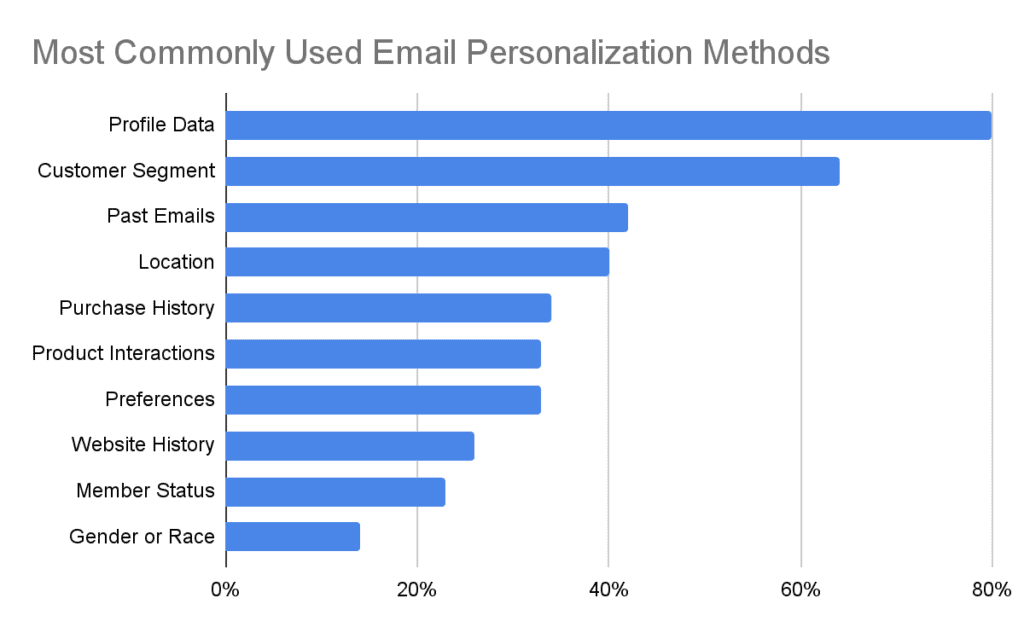
Source
Social Media Personalization Statistics
Social media is the ideal place to practice personalized marketing due to the existence of complementing algorithms. This can also increase customer loyalty. Some interesting stats are:
27. 59% of consumers want relevant content for a better experience with a brand or company.
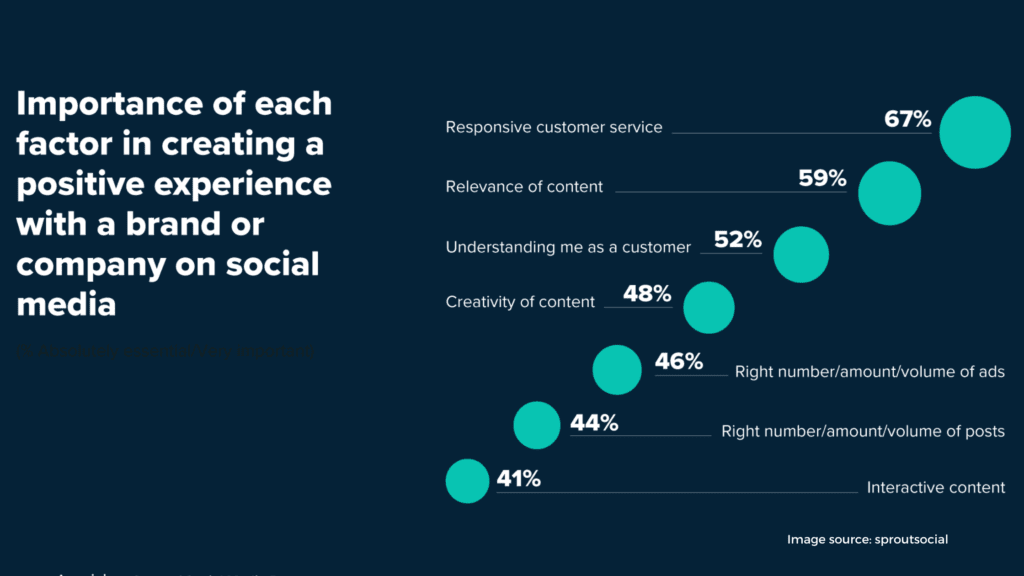
Relevancy is the biggest contributor to successful sales and ad campaigns. When a consumer sees an ad that is marketed in a way that appeals to them, they are more than ready to buy that product.
28. Almost 80% of customers are likely to engage with a brand more if they get personalized discounts and personalized rewards.
Many consumers often unsubscribe from a brand because they do not find relevant discounts. Offering customized discounts can help consumers engage with the brand on a personal level.
29. 63% of consumers say that they see personalization on social media as a standard of service.
30. Some brands recorded an 8x increase in click-through rates after posting a personalized video.
Omnichannel Personalization Statistics
The biggest challenges to omnichannel personalization are the question of data privacy and the lack of third-party data tracking and first-party response from consumers. Here are some related statistics:
31. According to Deloitte, 43% of executives invest in hybrid experiences.
This means companies see a positive impact of personalized marketing across various channels.
32. Despite losing the third-party data tracking cookie, 71% of consumers still expect personalization over various channels.
33. 21% of firms say that they don’t get the desired ROI through omnichannel personalization.
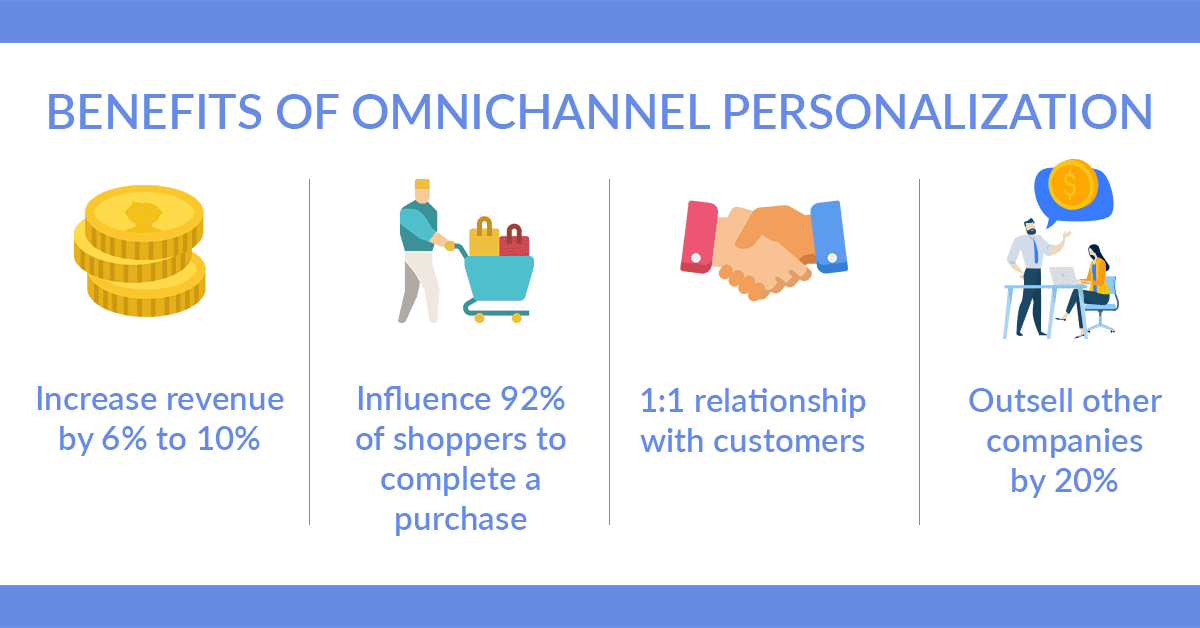
Due to the lack of uniformity in different channels, many companies can face difficulties in personalizing content across them.
This causes firms to lose a significant amount of resources without seeing returns.
34. Omnichannel personalization can influence shoppers to complete a purchase.
Read more: 45 Omnichannel Statistics & Trends
Mobile Personalization Statistics
As consumers shift to mobiles to make purchases, more and more data is available to be used in personalized marketing. Some mobile personalization statistics are:
35. 54% of consumers in the U.S. think that it is acceptable for retailers to use their purchase history for mobile shopping recommendations.
36. 89% of U.S. marketers report that personalization in mobile apps leads to an increase in revenue.
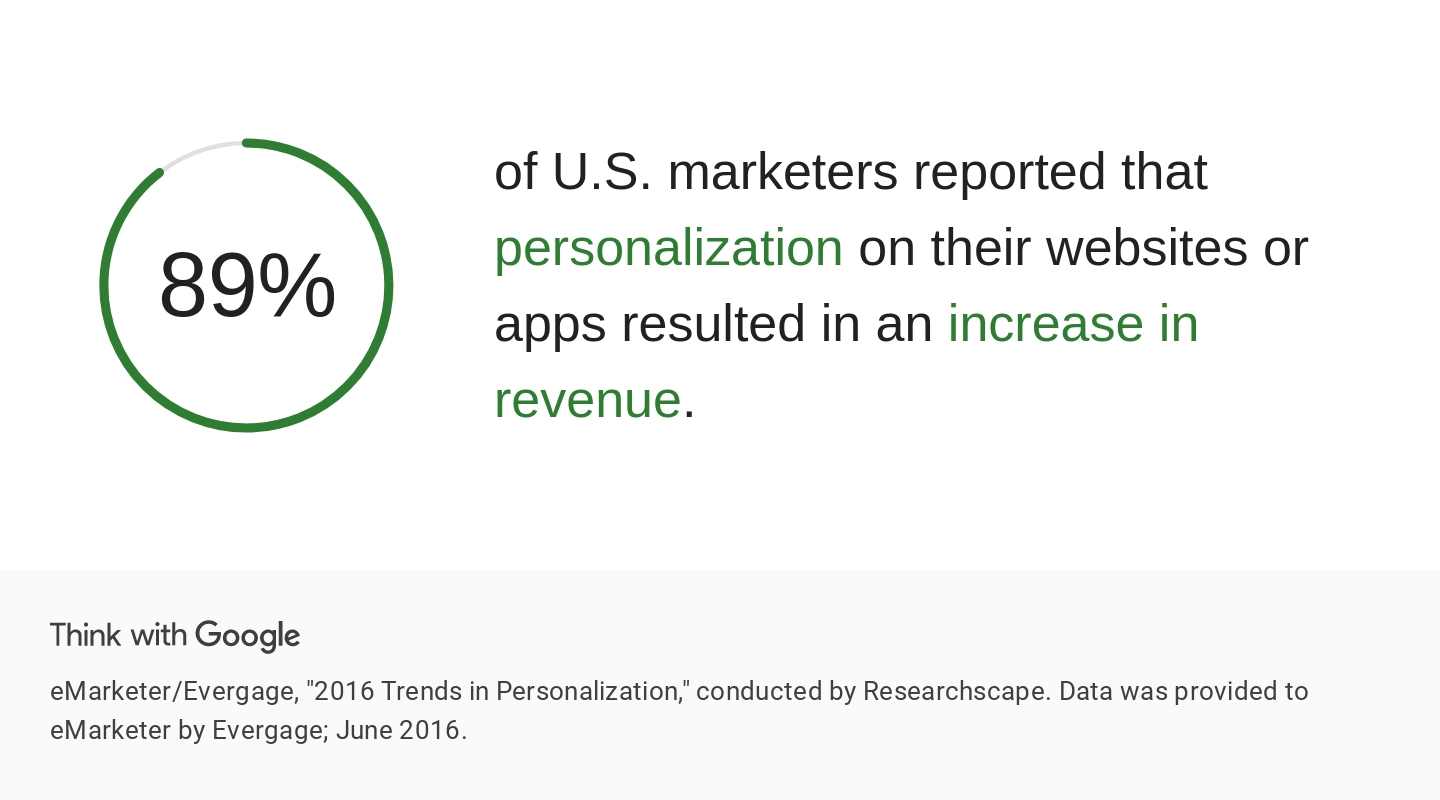
37. 72% of consumers state that they only engage with personalized messaging.
Personalizing messages can also lead to consumers engaging more with your brand. Personal messages compel customers to check them out and can lead to higher open and click-through rates.
38. 28% of digital marketers use personalization in mobile apps today.
Emerging Personalization Trends
Many personalization trends affect how brands collect and use the data available to increase profits. Here are some recent trends that affect the market:
AI-Powered Personalization
39. 70% of companies in 2024 feel that AI-powered personalization can be the most impactful form of personalized marketing that will affect the market and clients.
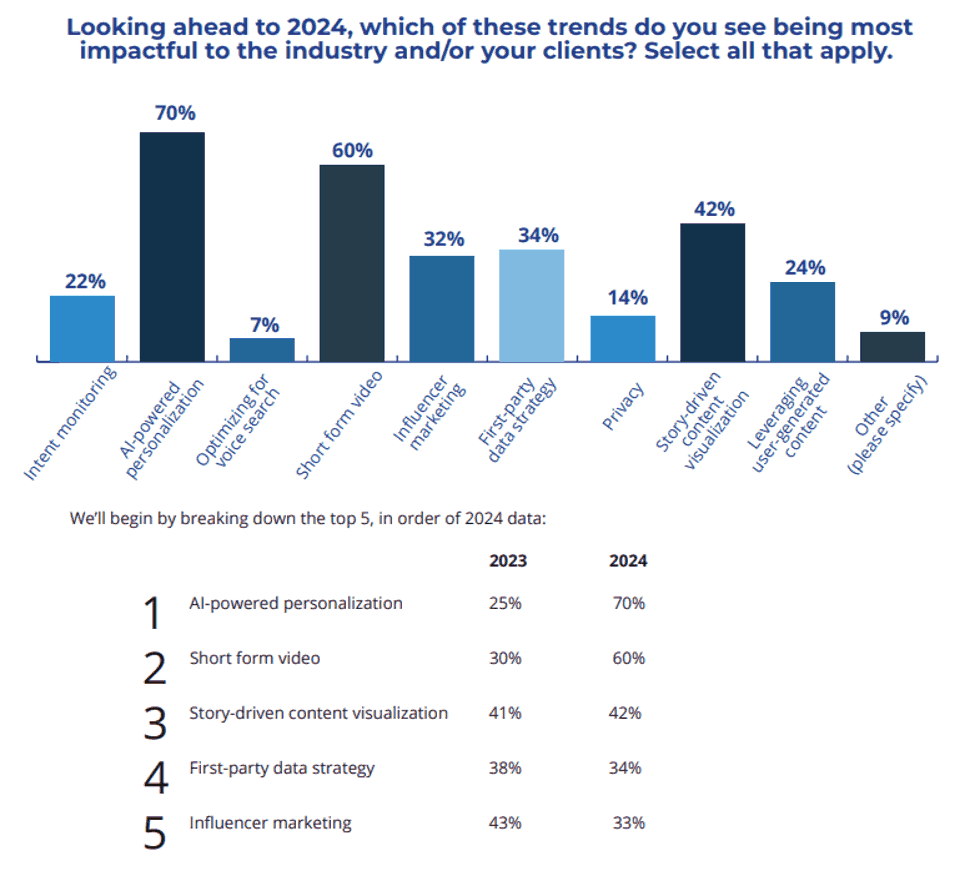
Artificial intelligence and machine learning have revolutionized how companies collect, store, and use data to market their products and personalize the customer journey.
AI is also used to frame the personalization strategy to have the maximum effect on many companies.
Hyper-Personalization
40. 46% of companies use Artificial Intelligence to hyper-personalize the user experience, while 26% use it for hyper-personalized social marketing.
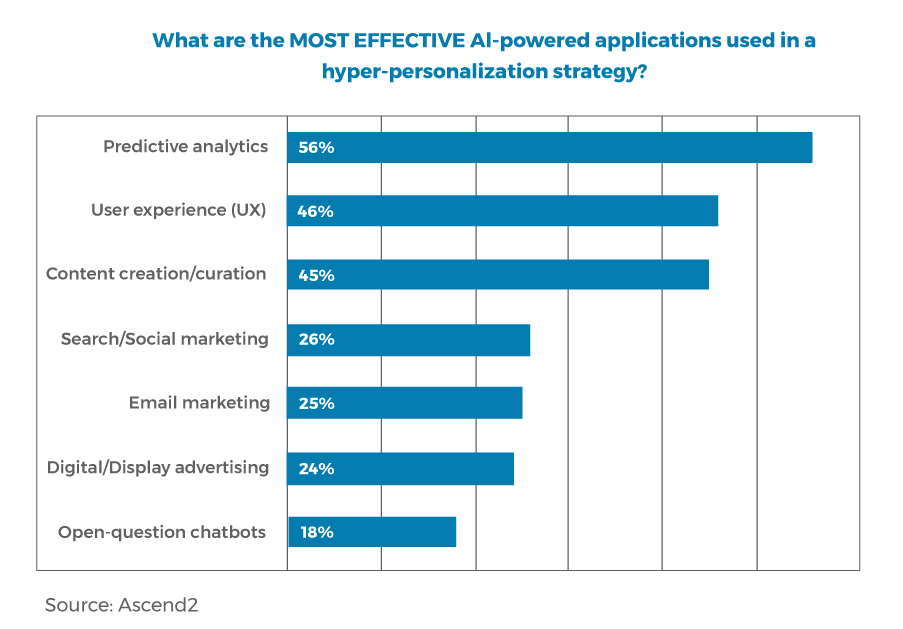
Hyper-personalization means using all forms of customer data to provide enhanced recommendations.
Companies collect data related to location, time zone, social media behavior, purchase, browsing history, etc., to sell products more effectively and influence consumer decisions.
Privacy-Centric Personalization
41. 23% more consumers do not feel comfortable about brands using their personal information to personalize content in 2024 than in 2023.
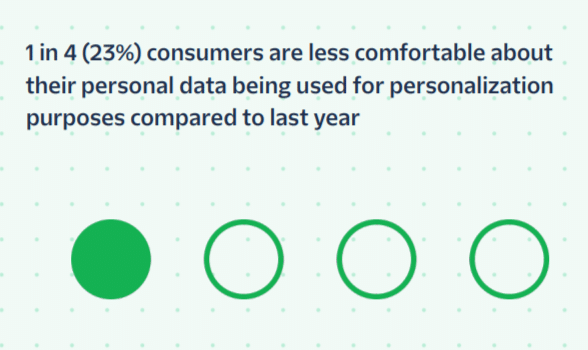
Brands are always tracking how customers interact with various products. Across different platforms.
Some even use the data that is available on any customer data platform to provide a personalized customer experience.
Many consumers don’t feel comfortable giving their information to companies and. Hence, a demand for data transparency and consumer consent has been on the rise
Contextual Personalization
Contextual personalization focuses on providing customers with relevant product recommendations based on their current location and time.
This type of marketing personalization relies heavily on the geographical information consumers provide and the location access they consent to.
Wrap up
Almost all consumers expect brands to provide personalization in some way or another. Personalized marketing leads to a lot of benefits.
Personalized content can increase sales and reduce marketing efforts. It can also be used to track consumer behavior and increase brand loyalty.
Poor personalization can adversely affect a business and cause negative sentiments about the brand in customers.
As seen in the above statistics, personalization can drive market trends. Companies should invest in personalization to gain a competitive edge in the market.
Brands can also invest in potential customers and nurture consumer relationships by providing personalization.
Sources




